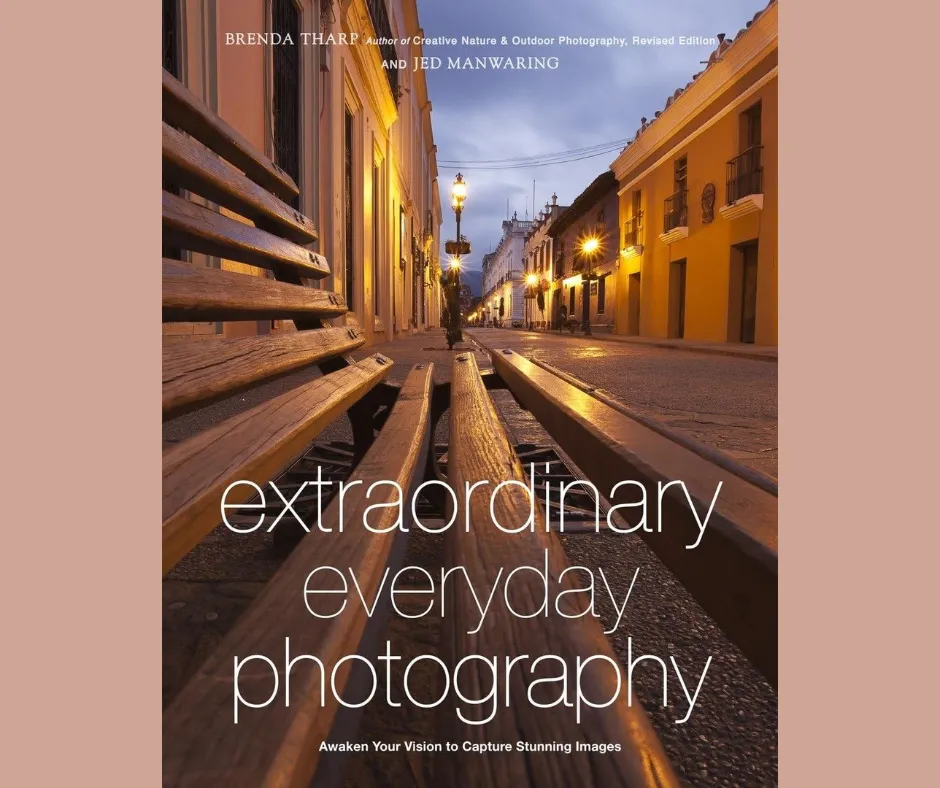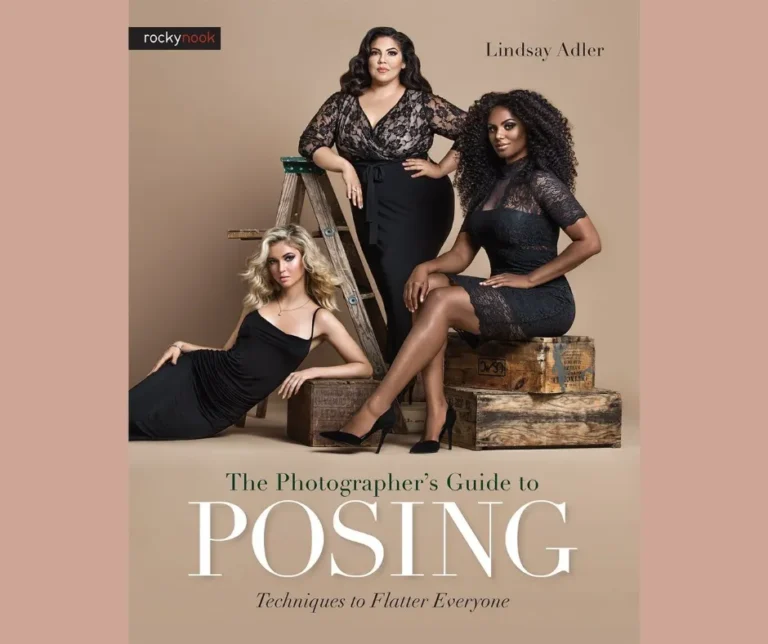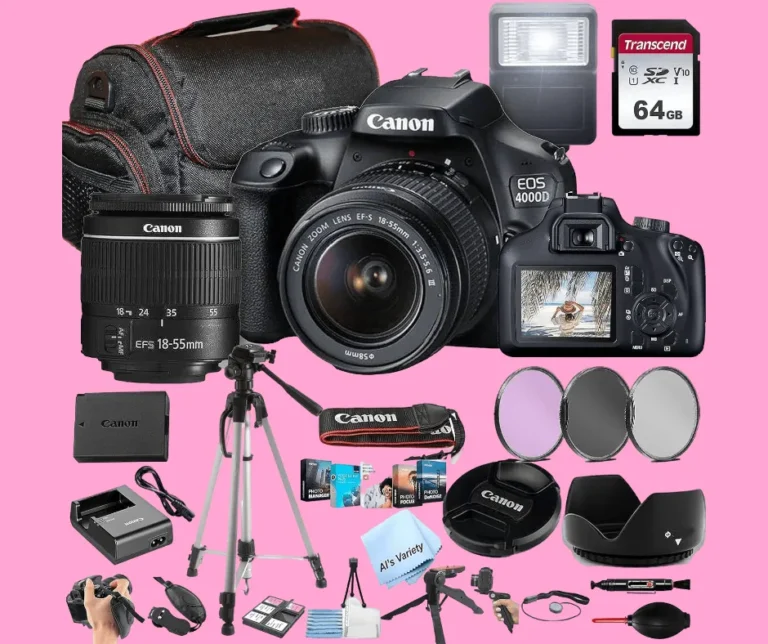Rule of Thirds: The Key to Perfect Composition in Photography
Photography often uses the rule of thirds for better compositions.
However, sometimes breaking this rule can lead to captivating and unique images.
One such approach is through the use of perfect symmetry, achieved through techniques like reflection.
Placing the dividing line in the center of the frame creates perfect symmetry and brings balance to the image.
This departure from the rule of thirds can result in striking visuals that stand out.
The symmetrical composition draws the viewer’s attention and adds a sense of harmony and equilibrium to the photograph.
What is the Rule of Thirds?
The rule of thirds is a fundamental principle in photography composition. It involves dividing an image into nine equal parts using two horizontal and two vertical lines.
This creates a grid with four intersection points where the focus of the image can be placed.
Position key elements of the photograph along lines or at intersection points to create a balanced and visually appealing composition.
By using the rule of thirds, photographers can direct the viewer’s focus to certain parts of the picture and create a feeling of motion or continuity in the composition.
How to Use the Rule of Thirds
This technique divides the frame into nine equal parts using two horizontal and two vertical lines.
The important parts of the image are placed on these lines or at their intersections to create a balanced and visually pleasing composition.
To apply the Rule of Thirds, imagine the frame divided into a 3×3 grid. The focus points, or areas of interest, should be positioned at one of the four intersections.
This technique creates a natural flow and draws the viewer’s eye into the image.
When using the Rule of Thirds, it’s important to consider the subject and its surroundings.
Placing the subject off-center adds depth and interest to the photo, creating a more dynamic composition.
When taking a picture of a landscape, placing the horizon along one of the horizontal lines can make it more visually impactful than placing it in the center.
Aligning the eyes or face along vertical lines in portraiture can focus attention on the subject’s expression and create a captivating image.
It’s essential to note that the Rule of Thirds is a guideline rather than a rigid rule.
Centering the subject or breaking the grid can also lead to powerful and impactful photographs, even though traditional composition is important for visual appeal.
Mastering the Rule of Thirds in photography involves practice and experimentation.
As you practice more, you’ll get a sense of how to use this technique in different photography situations.
Remember, the main aim is to improve the visual storytelling of your images and make a lasting impression on the viewer.
Rule of Thirds Overlays in Cameras
One of the most fundamental principles in photography composition is the rule of thirds.
Divide your image into nine equal parts by placing two horizontal and two vertical lines.
The lines intersect at four points called the rule of thirds points.
By placing your subject strategically at these points or along the lines, you can create a balanced and visually appealing composition.
To help photographers apply the rule of thirds, many cameras and phones offer a setting to turn on grid lines.
The grid lines overlay on the camera’s viewfinder or screen to help compose shots using the rule of thirds.
To create a more interesting composition, move your camera until one of the rule of thirds points aligns with your subject.
To enable grid lines on your camera or phone, check the owner’s manual or search online for instructions.
On an iPhone, you can enable the rule of thirds overlay by navigating to Settings, then Camera, then Composition, and finally Grid.
Even in post-processing, most editing programs provide a crop tool with a rule of thirds overlay.
This allows photographers to fine-tune their composition by positioning elements on the rule of thirds points or lines.
Adobe Lightroom Classic has a crop tool that can show rule of thirds guidelines on your photo to help create a pleasing composition.
The rule of thirds overlay is particularly useful in action or wildlife photography, where quick composition adjustments are often necessary.
Align a prominent object, like a rock, tree, or mountaintop, with one of the rule of thirds points to make your subject stand out more.
It’s important to remember that the rule of thirds is a guideline, not a strict rule.
You don’t have to place your subject on the rule of thirds point with absolute precision.
Simply getting in the general area will suffice.
The goal is to achieve a balanced composition that captures the viewer’s attention.
Furthermore, when capturing landscape photographs, it is advisable to avoid placing the horizon in the middle of the frame.
Instead, position it along one of the rule of thirds lines to add depth and interest to your image.
In conclusion, the rule of thirds overlay in cameras provides photographers with a valuable tool for achieving better compositions.
Using grid lines or a crop tool to apply the rule of thirds can improve the visual appeal of your photos.
Try this technique and see how it improves your photography.
Leading lines
Another technique to elevate composition is the use of leading lines.
Leading lines are elements (such as rivers, roads, or rays of light) that naturally guide the viewer’s eye towards the main subject of a photograph.
By strategically incorporating leading lines, photographers can create a visual narrative that enhances the overall impact of the image.
In this case, the river acts as a leading line, drawing the viewer’s gaze towards the subject.
Filling the frame with the main subject is an extraordinary way to emphasize its significance.
By eliminating any distracting elements or empty spaces, the subject becomes the focal point, capturing the viewer’s attention completely.
This technique allows for a more intimate and detailed portrayal of the subject, enhancing its impact on the viewers.
Utilize different techniques
Exploring different composition techniques is essential for photographers seeking to push their creative boundaries and create unique visual experiences.
While the rule of thirds is popular for a reason, experimenting with alternative approaches can yield remarkable results.
There are many composition guidelines to choose from, each offering different possibilities to improve the storytelling aspect of a photograph.
In conclusion, breaking the rule of thirds in photography opens up a world of creative opportunities.
Symmetry, leading lines, framing, and composition techniques help create captivating and visually appealing images.
By challenging the conventional norms, photographers can create compositions that stand out and leave a lasting impression on viewers.







